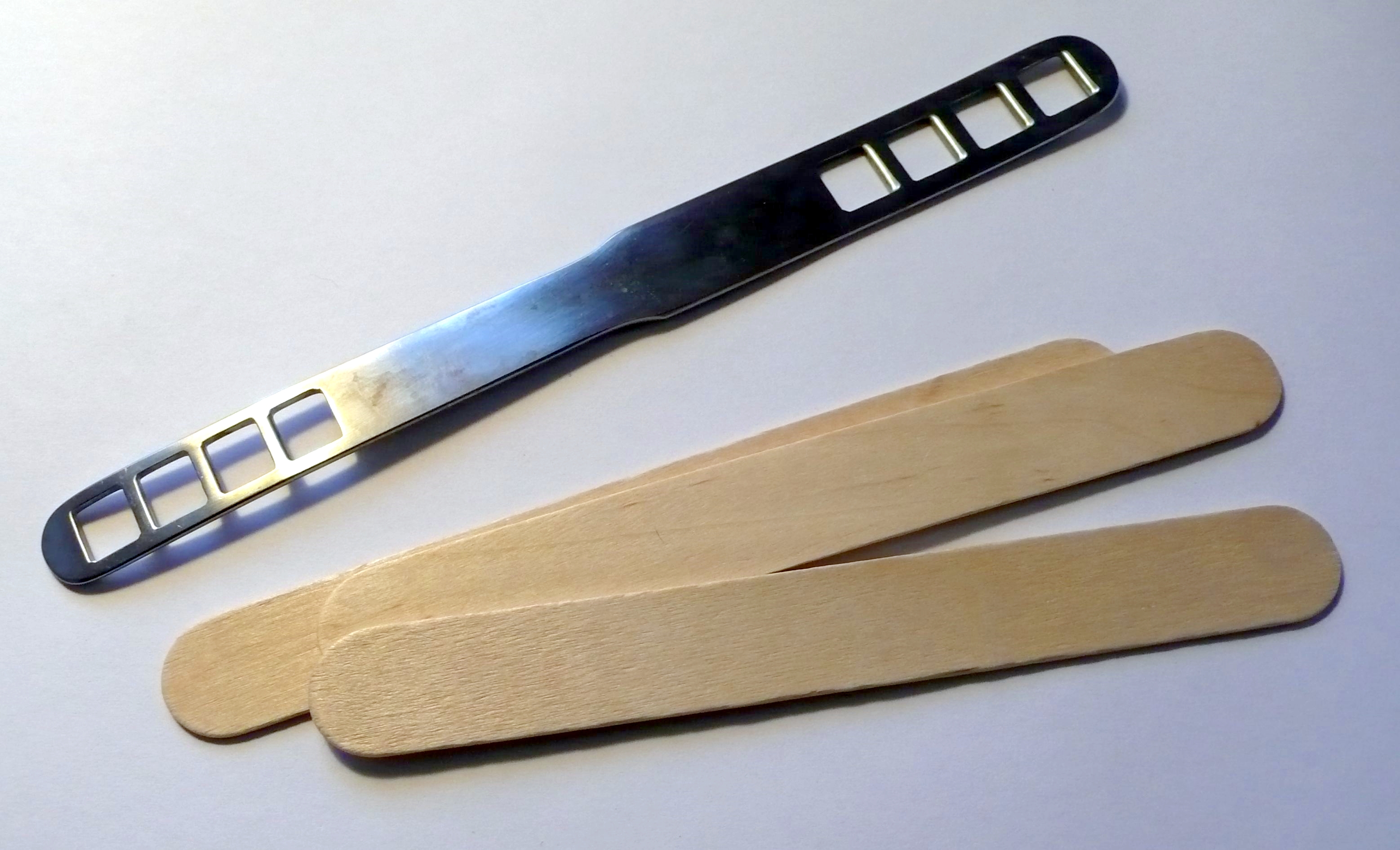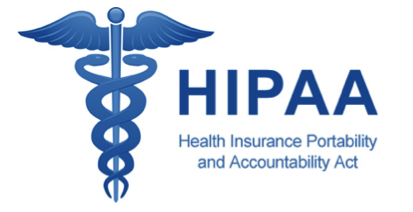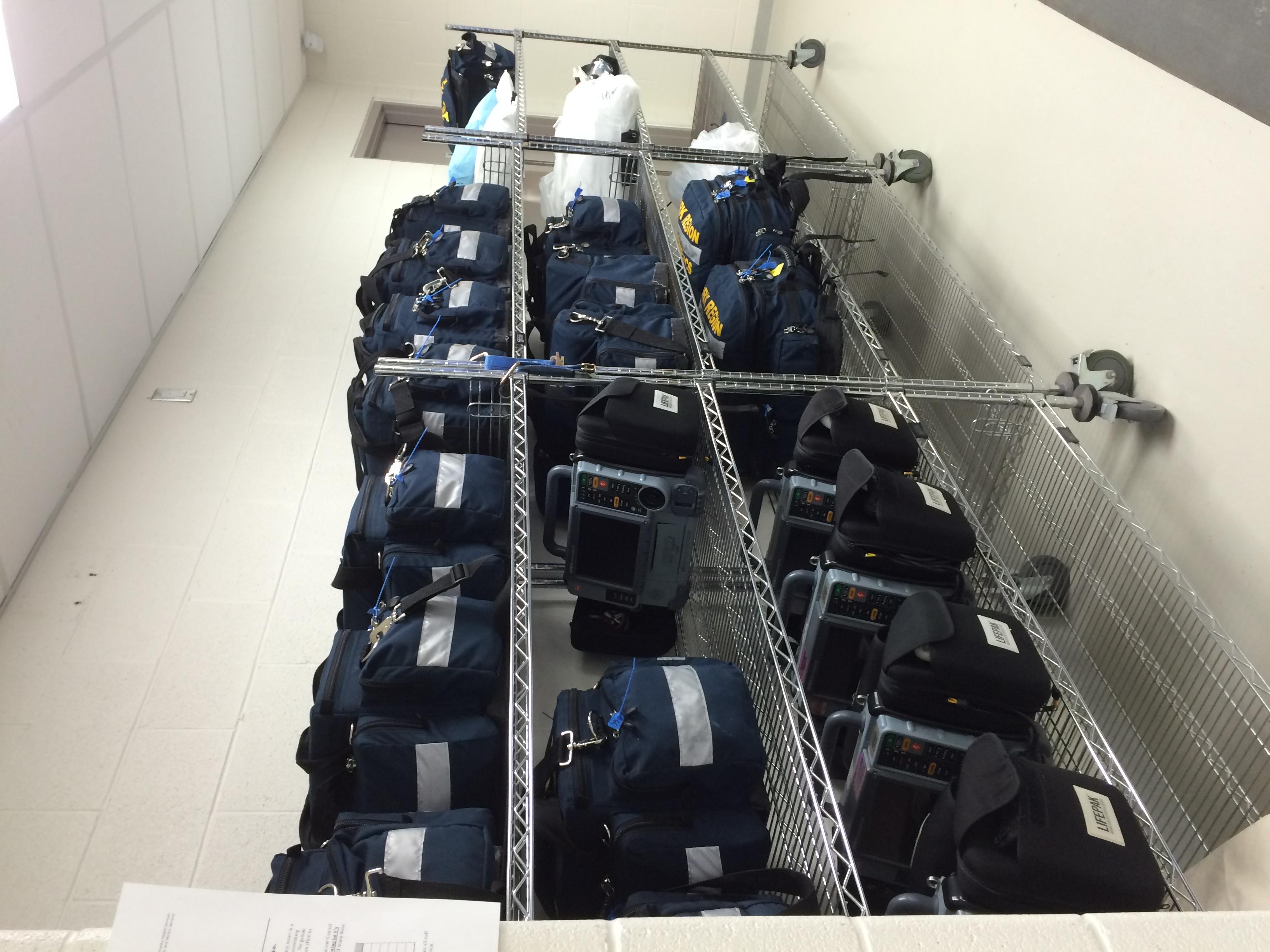|
ISO 14971
ISO 14971 ''Medical devices — Application of risk management to medical devices'' is a voluntary consensus standard, published by International Organization for Standardization (ISO) for the first time in 1998, and specifies terminology, principles, and a process for risk management of medical devices. The current ISO 14971 edition was published in December 2019. Background The ISO Technical Committee responsible for the maintenance of this standard is ISO/ TC 210 working with IEC/SC62A through Joint Working Group one (JWG1). This standard is the culmination of the work starting in ISO/IEC Guide 51, and ISO/IEC Guide 63. The third edition of ISO 14971 was published in December 2019 and supersedes the second edition of ISO 14971. Specifically, ISO 14971 is a nine-part standard which first establishes a framework for risk analysis, evaluation, control, and review, and also specifies a procedure for review and monitoring during production and post-production. ISO 14971:2012 w ... [...More Info...] [...Related Items...] OR: [Wikipedia] [Google] [Baidu] |
International Organization For Standardization
The International Organization for Standardization (ISO ; ; ) is an independent, non-governmental, international standard development organization composed of representatives from the national standards organizations of member countries. Membership requirements are given in Article 3 of the ISO Statutes. ISO was founded on 23 February 1947, and () it has published over 25,000 international standards covering almost all aspects of technology and manufacturing. It has over 800 technical committees (TCs) and subcommittees (SCs) to take care of standards development. The organization develops and publishes international standards in technical and nontechnical fields, including everything from manufactured products and technology to food safety, transport, IT, agriculture, and healthcare. More specialized topics like electrical and electronic engineering are instead handled by the International Electrotechnical Commission.Editors of Encyclopedia Britannica. 3 June 2021.Inte ... [...More Info...] [...Related Items...] OR: [Wikipedia] [Google] [Baidu] |
Risk Management
Risk management is the identification, evaluation, and prioritization of risks, followed by the minimization, monitoring, and control of the impact or probability of those risks occurring. Risks can come from various sources (i.e, Threat (security), threats) including uncertainty in Market environment, international markets, political instability, dangers of project failures (at any phase in design, development, production, or sustaining of life-cycles), legal liabilities, credit risk, accidents, Natural disaster, natural causes and disasters, deliberate attack from an adversary, or events of uncertain or unpredictable root cause analysis, root-cause. Retail traders also apply risk management by using fixed percentage position sizing and risk-to-reward frameworks to avoid large drawdowns and support consistent decision-making under pressure. There are two types of events viz. Risks and Opportunities. Negative events can be classified as risks while positive events are classifi ... [...More Info...] [...Related Items...] OR: [Wikipedia] [Google] [Baidu] |
Medical Device
A medical device is any device intended to be used for medical purposes. Significant potential for hazards are inherent when using a device for medical purposes and thus medical devices must be proved safe and effective with reasonable assurance before regulating governments allow marketing of the device in their country. As a general rule, as the associated risk of the device increases the amount of testing required to establish safety and efficacy also increases. Further, as associated risk increases the potential benefit to the patient must also increase. Discovery of what would be considered a medical device by modern standards dates as far back as in Baluchistan where Neolithic dentists used flint-tipped drills and bowstrings. Study of Archaeology, archeology and Roman medical literature also indicate that many types of medical devices were in widespread use during the time of ancient Rome. In the United States it was not until the Federal Food, Drug, and Cosmetic Act ( ... [...More Info...] [...Related Items...] OR: [Wikipedia] [Google] [Baidu] |
ISO/IEC Guide 51
ISO/IEC JTC 1, entitled "Information technology", is a joint technical committee (JTC) of the International Organization for Standardization (ISO) and the International Electrotechnical Commission (IEC). Its purpose is to develop, maintain and promote standards in the fields of information and communications technology (ICT). JTC 1 has been responsible for many critical IT standards, ranging from the Joint Photographic Experts Group (JPEG) image formats and Moving Picture Experts Group (MPEG) audio and video formats to the C and C++ programming languages. History ISO/IEC JTC 1 was formed in 1987 as a merger between ISO/TC 97 (Information Technology) and IEC/TC 83, with IEC/SC 47B joining later. The intent was to bring together, in a single committee, the IT standardization activities of the two parent organizations in order to avoid duplicative or possibly incompatible standards. At the time of its formation, the mandate of JTC 1 was to develop base standards in information t ... [...More Info...] [...Related Items...] OR: [Wikipedia] [Google] [Baidu] |
Medical Devices Directive
The Medical Device Directive— concerning medical devices—is intended to harmonise the laws relating to medical devices within the European Union. The MD Directive is a 'New Approach' Directive and consequently in order for a manufacturer to legally place a medical device on the European market the requirements of the MD Directive have to be met. Manufacturers' products meeting 'harmonised standards' have a presumption of conformity to the Directive. Products conforming with the MD Directive must have a CE mark The presence of the logo on Product (business), commercial products indicates that the Manufacturing, manufacturer or importer affirms the goods' conformity with European Environment, health and safety, health, safety, and environmental prote ... applied. The Directive was most recently reviewed and amended by the 2007/47/EC and a number of changes were made. Compliance with the revised directive became mandatory on 21 March 2010. The Medical Devices Directive is ... [...More Info...] [...Related Items...] OR: [Wikipedia] [Google] [Baidu] |
European Committee For Standardization
The European Committee for Standardization (CEN, ) is a public standards organization whose mission is to foster the economy of the European Single Market and the wider European continent in global trading, the welfare of European citizens and the environment by providing an efficient infrastructure to interested parties for the development, maintenance and distribution of coherent sets of standards and specifications. The CEN was founded in 1961. Its thirty-four national members work together to develop European Standards (ENs) in various sectors to build a European internal market for goods and services and to position Europe in the global economy. CEN is officially recognized as a European standards body by the European Union, European Free Trade Association and the United Kingdom; the other official European standards bodies are the European Committee for Electrotechnical Standardization ( CENELEC) and the European Telecommunications Standards Institute (ETSI). More tha ... [...More Info...] [...Related Items...] OR: [Wikipedia] [Google] [Baidu] |
List Of ISO Standards
This is a list of publishedThis list generally excludes draft versions. standardization, standards and other deliverables of the International Organization for Standardization (ISO).ISO deliverables include "specifications" (ISO/PAS, ISO/TS), "reports" (ISO/TR), etc, which are not referred to by ISO as "standards". For a complete and up-to-date list of all the ISO standards, see the ISO catalogue. The standards are protected by copyright and most of them must be purchased. However, about 300 of the standards produced by ISO and International Electrotechnical Commission, IEC's Joint Technical Committee 1 (ISO/IEC JTC 1, JTC 1) have been made freely and publicly available. ISO 1 – ISO 19999 * List of ISO standards 1–1999, ISO 1 – ISO 1999 * List of ISO standards 2000–2999, ISO 2000 – ISO 2999 * Li ...[...More Info...] [...Related Items...] OR: [Wikipedia] [Google] [Baidu] |
ISO 13485
ISO 13485 ''Medical devices -- Quality management systems -- Requirements for regulatory purposes'' is a voluntary standard, published by International Organization for Standardization (ISO) for the first time in 1996, and contains a comprehensive quality management system for the design and manufacture of medical devices. The latest version of this standard supersedes earlier documents such as EN 46001 (1993 and 1996) and EN 46002 (1996), the previously published ISO 13485 (1996 and 2003), and ISO 13488 (also 1996). The current ISO 13485 edition was published on 1 March 2016. Background Though it is tailored to the industry's quality system expectations and regulatory requirements, an organization does not need to be actively manufacturing medical devices or their components to seek certification to this standard, in contrast to the automotive sector's ISO/TS 16949, where only firms with an active request for quotation, or on the bid list, of an International Automotive Task ... [...More Info...] [...Related Items...] OR: [Wikipedia] [Google] [Baidu] |
Medical Technology
Health technology is defined by the World Health Organization as the "application of organized knowledge and skills in the form of devices, medicines, vaccines, procedures, and systems developed to solve a health problem and improve quality of lives". This includes pharmaceuticals, devices, procedures, and organizational systems used in the healthcare industry, as well as computer-supported information systems. In the United States, these technologies involve standardized physical objects, as well as traditional and designed social means and methods to treat or care for patients. Development Pre-digital era During the pre-digital era, patients suffered from inefficient and faulty clinical systems, processes, and conditions. Many medical errors happened in the past due to undeveloped health technologies. Some examples of these medical errors included adverse drug events and alarm fatigue. When many alarms are repeatedly triggered or activated, especially for unimportant events ... [...More Info...] [...Related Items...] OR: [Wikipedia] [Google] [Baidu] |
Medical Device
A medical device is any device intended to be used for medical purposes. Significant potential for hazards are inherent when using a device for medical purposes and thus medical devices must be proved safe and effective with reasonable assurance before regulating governments allow marketing of the device in their country. As a general rule, as the associated risk of the device increases the amount of testing required to establish safety and efficacy also increases. Further, as associated risk increases the potential benefit to the patient must also increase. Discovery of what would be considered a medical device by modern standards dates as far back as in Baluchistan where Neolithic dentists used flint-tipped drills and bowstrings. Study of Archaeology, archeology and Roman medical literature also indicate that many types of medical devices were in widespread use during the time of ancient Rome. In the United States it was not until the Federal Food, Drug, and Cosmetic Act ( ... [...More Info...] [...Related Items...] OR: [Wikipedia] [Google] [Baidu] |




